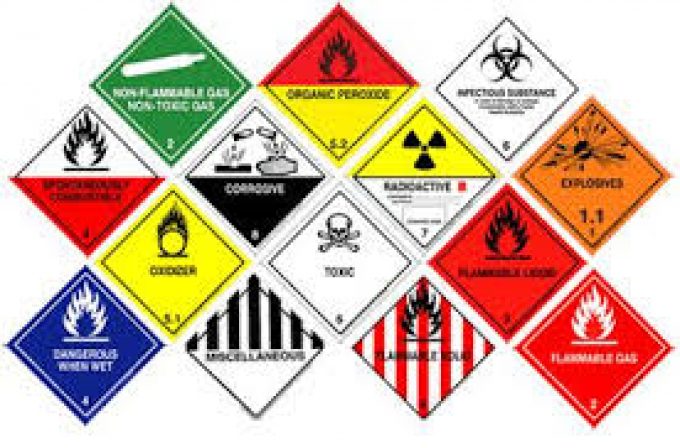TT Club: Acting on climate change
The predicted impacts on ports and waterways of climate change present real risks to local, ...

More than a quarter (27%) of all reported serious incidents on board containerships in 2013-14 were attributable to cargo being misdeclared, it has been revealed.
The data was captured and analysed by the Cargo Incident Notification System (CINS) for the period.
The information alleges that the cause of several onboard container fires was the misdeclaration of a chemical used to clean swimming pools and to disinfect drinking water: calcium hypochlorite.
CINS was established in 2011, by five of the world’s biggest ocean carriers, following concerns about an increase in the number of container fires on board their vessels, potentially causing injury or loss of life, loss or serious damage to ships, as well as environmental damage.
There are now 12 shipping line members, as well as advisory members including the International Group of P&I Clubs and the TT Club, and its brief is to analyse the information from the carriers and look for specific incidents that suggest trends or require immediate action.
Noting that around 10% of all container cargoes constitute dangerous goods, UK P&I Club risk assessor David Nichol has reminded shippers and other stakeholders in the supply chain of their legal responsibility to comply with the International Maritime Dangerous Goods (IMDG) Code, regarding the carriage of dangerous goods by sea.
“It is imperative for the safety of the ship and crew that all necessary steps are taken to handle and stow dangerous goods in such a way that reduces the risk of an emergency incident, and that in the event of a fire, the crew have the information they need to respond quickly with the appropriate fire-fighting measures,” said Mr Nichol.
“To enable this, a ship’s master must be provided with a correct, universally recognised description of the goods and the potential hazards they may present.”
Mr Nichol highlighted one particular issue of misdeclared dangerous goods that has been reported as the cause of several fires on board containerships over the past few years: calcium hypochlorite.
In August last year, Maersk Line announced it would no longer accept bookings of the commodity for shipment on its vessels. This followed several incidents of fire breaking out in containers on board its ships which it attributed to the chemical.
They included July 2010, when a fire on board the Charlotte Maersk threatened the lives of crew and the safety of the ship while en route from Asia to Oman.
Calcium hypochlorite is commonly used to sanitise swimming pools, but it has many other industrial and domestic uses, such as cleaning moss and algae from paths and driveways.
The chemical is designated as a Class 5.1 oxidiser in the IMDG Code – requiring special stowage under the appropriate UN number.
There have been many instances where calcium hypochlorite has been misdeclared to a carrier, for example being described as bleaching powder, chlorinated lime or even just disinfectant.
“It is a requirement of the IMDG Code that cargoes are declared by their proper shipping name,” reminded Mr Nichol.
Comment on this article
Andy Lane
August 25, 2016 at 5:41 pmAlong with the often deliberate miss-declaration of weights – poor declarations (and stowage inside of containers) of harmful substances has existed since before I joined the industry – 30 years ago.
When you “ban” a commodity, you do not keep it off your ships, it is only transparency which is lost – and additional danger.
Many shippers (but not all I must hasten to add), see cost, cost and cost only, they care little for safety, if it will cost $10 per container end-to-end to do the corporately responsible thing.
Linking to your other story of today, about a $54,000 fine imposed by the US-FAA. That is not a deterrent.
Fines of multi-million dollars and custodial sentences for the owners of unscrupulous shippers is the only thing which will catch their attention and ensure that they do the right things when no one is watching.